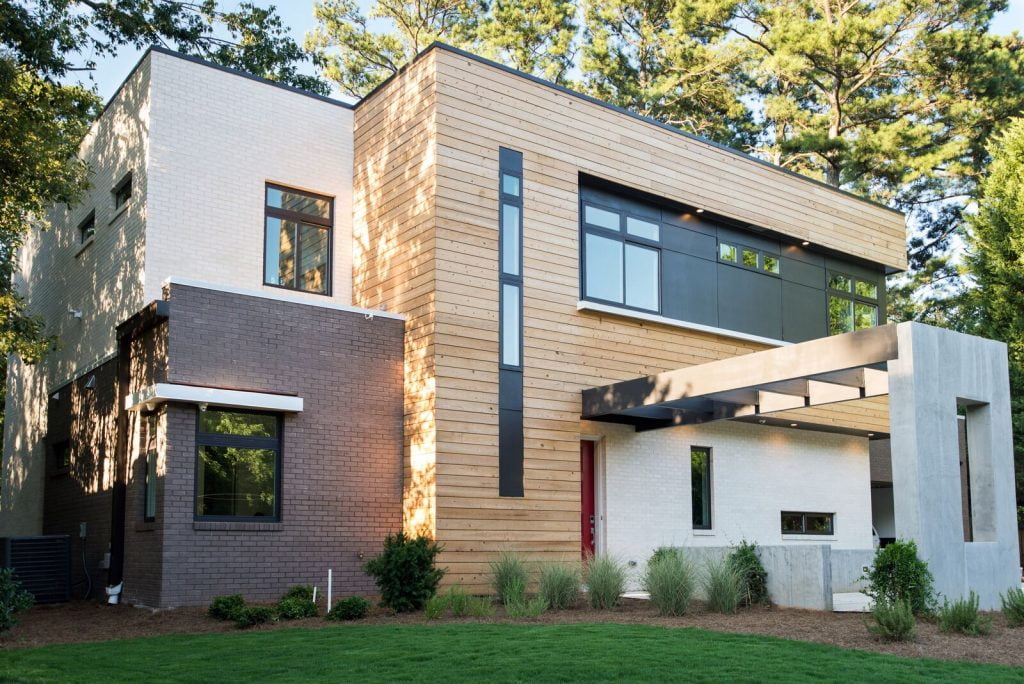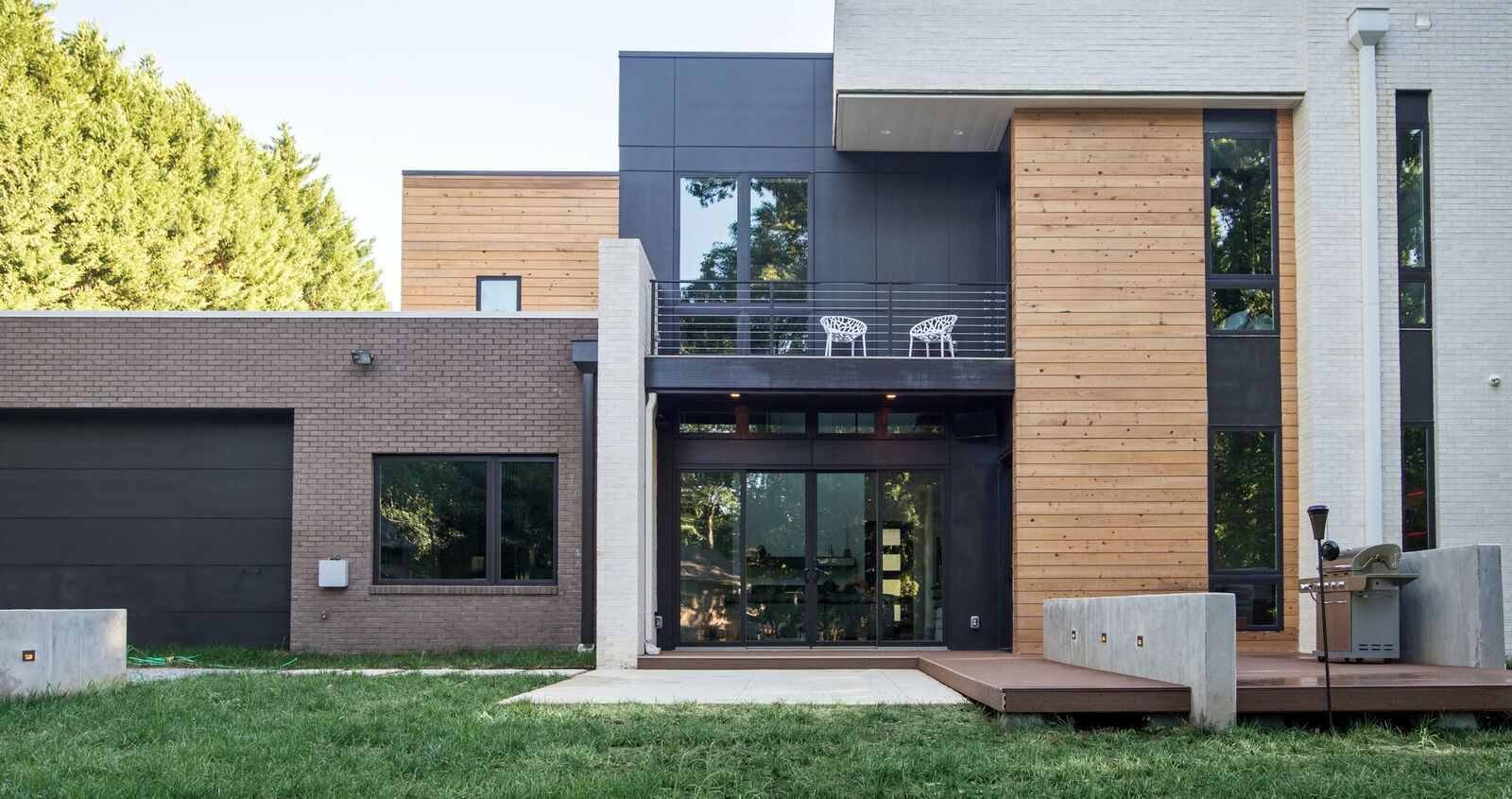When building a high-performance home, it is important to have a systematic approach, and for that it’s important to have a close relationship with a building science specialist. At Imery Group, the builder IS the specialist. In addition to a successful general contracting business, Imery Group is an active energy rater, having performed more than 2,000 home energy ratings under the Home Energy Rating System (HERS) that have been certified by Earthcraft, LEED for Homes, and Enterprise Green Communities. Imery Group is one of the 1% of U.S. builders who have met the requirements of the USDOE’s Zero Energy Ready Home program. Two of their recent homes have reached full zero energy status.

Luis Imery is the founder of Imery Group.
“Being a contractor and a rater has allowed us to develop reliable, economical solutions to building science challenges,” says Luis Imery, founder of the Imery Group. “High-performance homes are simple, if you know what you’re doing,” he says. This systematic focus on simplicity makes it possible for Imery Group to deliver affordability.
The company’s approach starts with the building envelope. In addition to the typical envelope efficiency measures for a zero energy home, Imery uses the Huber ZIP system. This proprietary structural sheathing and matching tape function as a vapor-permeable air leakage and weather-resistive barrier. With this technology, they aim for air leakage in all their homes to be 1.0 air-changes per hour at 50 Pascals. Several functions – structural support, air barrier, weather barrier, and insulation – are combined into a single product, which speeds up installation and lowers costs.
With a tight building shell, a smaller heating and cooling system can be used. Imery Group has been using mini-split heat pumps since 2010 because they can be properly sized for the smaller heating and cooling load found in high-performance homes. Most of their projects have used small ducts for distributing conditioned air to several rooms. The air handler is small enough to be located in a tight space with ducts running through the interior framing. With all the ducts inside the conditioned space, heat losses and pressure imbalances associated with typical forced-air systems have been eliminated. Duct registers look just like a typical forced-air system without the visual impact of an indoor ductless head.
What about affordability? “Zero energy homes can be built for any budget. Sometimes, it’s not easy,” says Imery. “It requires a partnership.” Imery carefully explains all the great benefits of high performance homes and how to keep the project within the client’s budget, while creating a creative, comfortable and visually attractive home. He offers home buyers good, better, and best choices, which they can select based on their budget. “We coach clients to choose less expensive finishes to shift funds to a better shell,” he says. “We never talk about cost per square foot.”
Imery accepts the challenge of providing clients the maximum value that fits their budget. He encourages home buyers to shop around and ask hard questions of builders. Then they can judge whether a home is called “green” as a marketing ploy or whether it is truly energy efficient. Imery is so committed to this goal that he offers three extended warranties that guarantee building quality, comfort, and energy efficiency.
 To ensure an accurate appraised value, Imery performs a pre-construction energy model and prepares the official green appraisal addendum developed by the Appraisal Institute. To this, he attaches many pages of supporting data. Using this information, an accredited appraiser can easily calculate the true value of the home’s energy-saving features, so buyers can get the full mortgage they need.
To ensure an accurate appraised value, Imery performs a pre-construction energy model and prepares the official green appraisal addendum developed by the Appraisal Institute. To this, he attaches many pages of supporting data. Using this information, an accredited appraiser can easily calculate the true value of the home’s energy-saving features, so buyers can get the full mortgage they need.
Imery uses a systematic approach, engaging clients in a thoughtful, transparent, step-by-step decision-making process, using energy modeling and building science to construct zero energy homes as cost effectively as possible, achieving third-party certification for his homes, guiding his homes through the appraisal process, and providing three extended warranties. That only makes sense, since a zero energy home is a complex system itself that interfaces other complex systems. “If you build a good house,” he says, “it will be energy efficient. It’s all about doing it right the first time.” And that is where his approach pays off.

